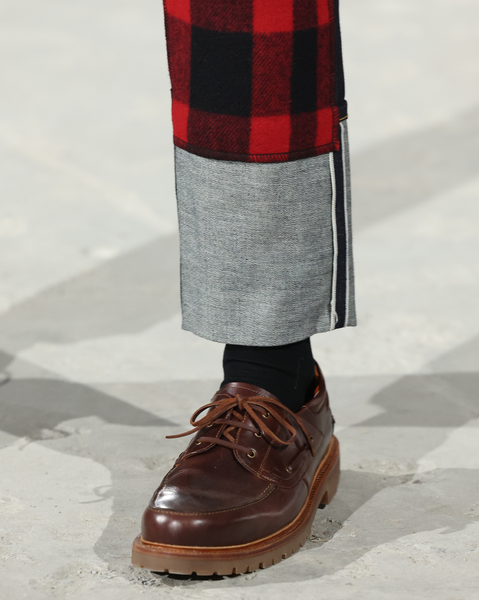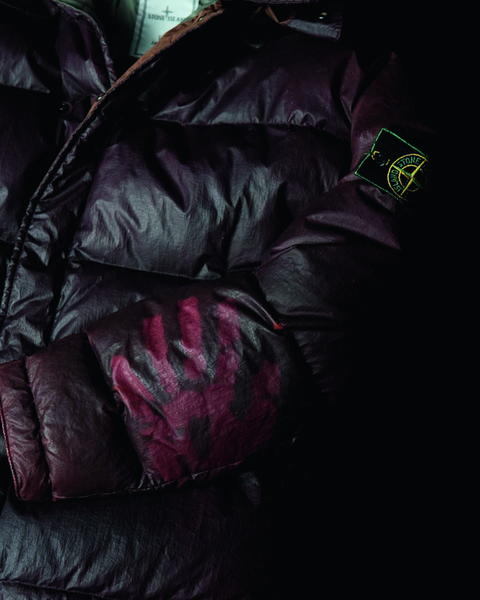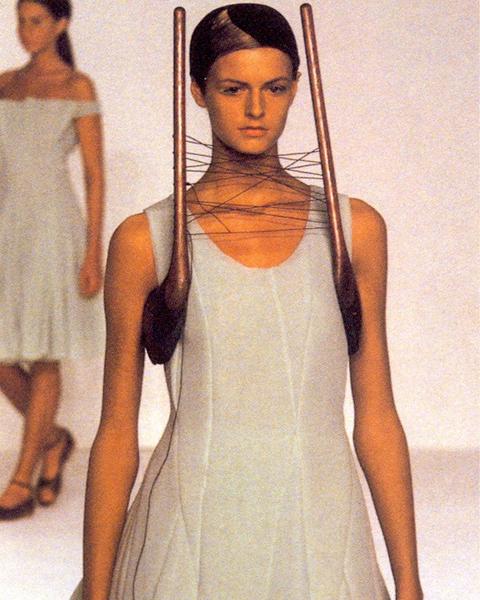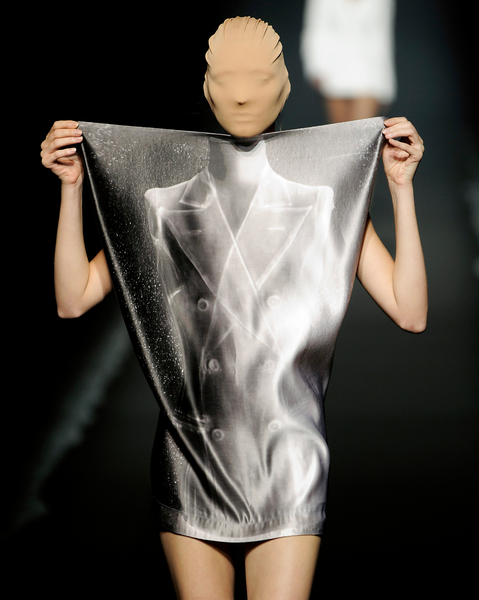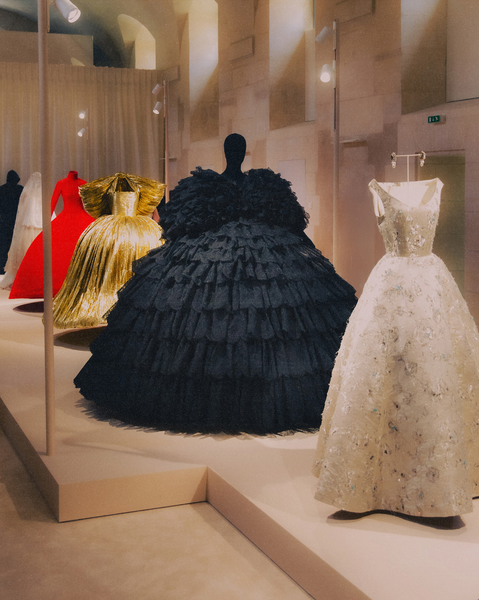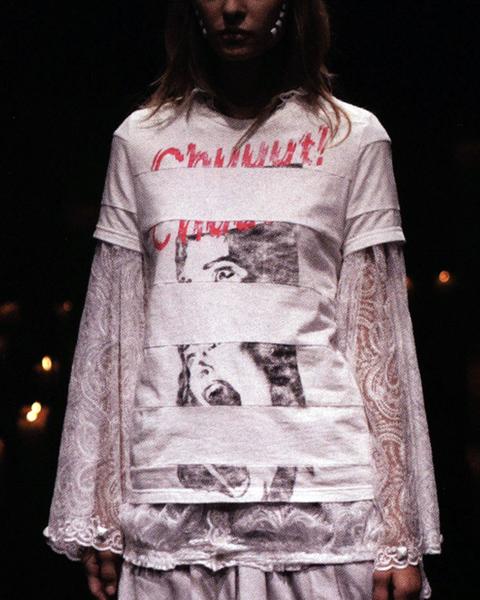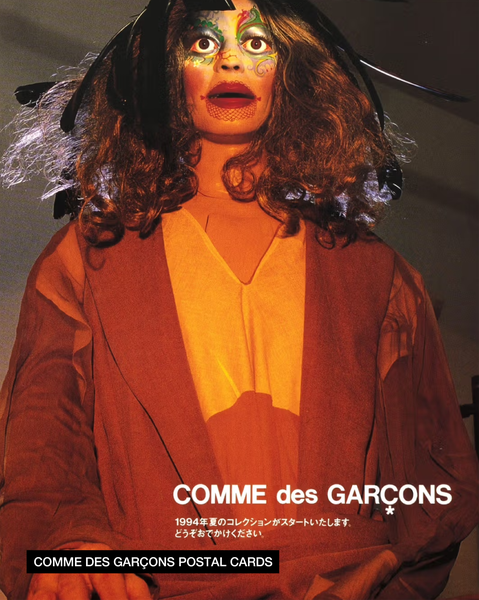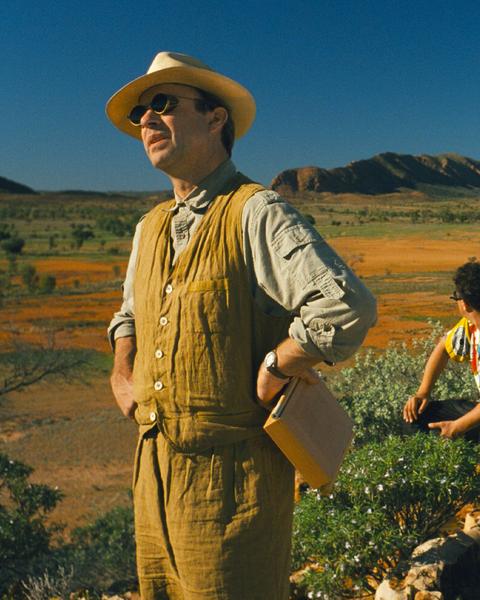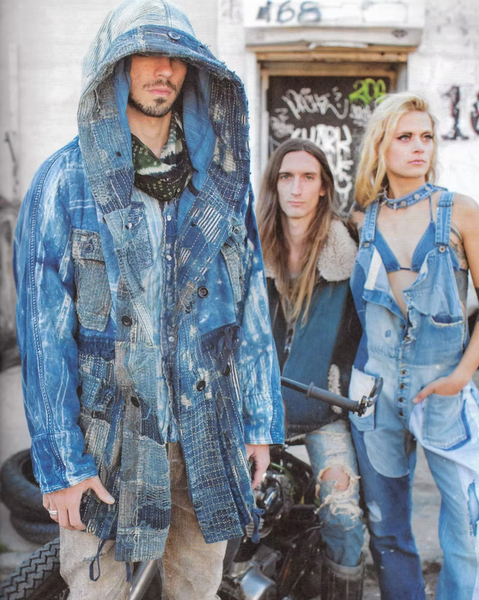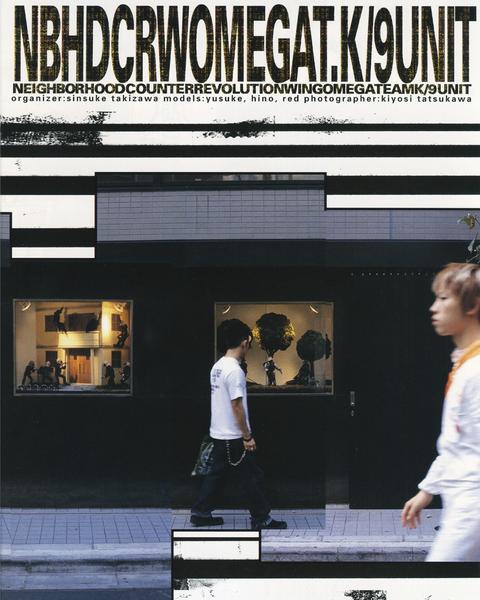
30 Years of NEIGHBORHOOD
The legendary Ura-Hara streetwear brand NEIGHBORHOOD recently celebrated its 30 year anniversary with an exhibition in Laforet, which housed a recreation of the original Harajuku storefront for a week in October. Portraits of Takizawa’s longtime friends and collaborators surround the storefront, next to a series of incense chambers sized up for display.
Initially founded as a project between Takizawa and three of his friends, NEIGHBORHOOD specialized in the rugged and utilitarian, producing collections that Takizawa envisioned as a “complete wardrobe.” Influenced by his love of vintage Americana, punk, moto, and military aesthetics, Takizawa frequently designed with functionality in mind. As a motorcyclist himself, he drew inspiration from the LA biker subcultures of the 60s, often displaying his own bikes in the storefront.
NEIGHBORHOOD also sports a long list of frequent collaborators, perhaps the most iconic of which is Adidas, starting in 2005 with the release of a Superstar model to celebrate the sneaker’s 35th anniversary. The pair sported NEIGHBORHOOD’s logo at the heel, with NEIGHBORHOOD typography along the spare laces. The sole came in an aged off-white look, true to Takizawa’s love of vintage, alongside blacked out three stripes and contrast stitching.
For A/W ‘25, Takizawa collaborated with Y-3 for “Y-3 NEIGHBORHOOD,” a fusion of the two brands under the shorthand Y-3-N. Takizawa and Y-3 tapped into the moto community for this collaboration, including Japanese moto brand Cherryscompany for the campaign’s custom bike and legendary racing gear manufacturer Dainese to develop the collection’s moto apparel.
Initially founded as a project between Takizawa and three of his friends, NEIGHBORHOOD specialized in the rugged and utilitarian, producing collections that Takizawa envisioned as a “complete wardrobe.” Influenced by his love of vintage Americana, punk, moto, and military aesthetics, Takizawa frequently designed with functionality in mind. As a motorcyclist himself, he drew inspiration from the LA biker subcultures of the 60s, often displaying his own bikes in the storefront.
NEIGHBORHOOD also sports a long list of frequent collaborators, perhaps the most iconic of which is Adidas, starting in 2005 with the release of a Superstar model to celebrate the sneaker’s 35th anniversary. The pair sported NEIGHBORHOOD’s logo at the heel, with NEIGHBORHOOD typography along the spare laces. The sole came in an aged off-white look, true to Takizawa’s love of vintage, alongside blacked out three stripes and contrast stitching.
For A/W ‘25, Takizawa collaborated with Y-3 for “Y-3 NEIGHBORHOOD,” a fusion of the two brands under the shorthand Y-3-N. Takizawa and Y-3 tapped into the moto community for this collaboration, including Japanese moto brand Cherryscompany for the campaign’s custom bike and legendary racing gear manufacturer Dainese to develop the collection’s moto apparel.
